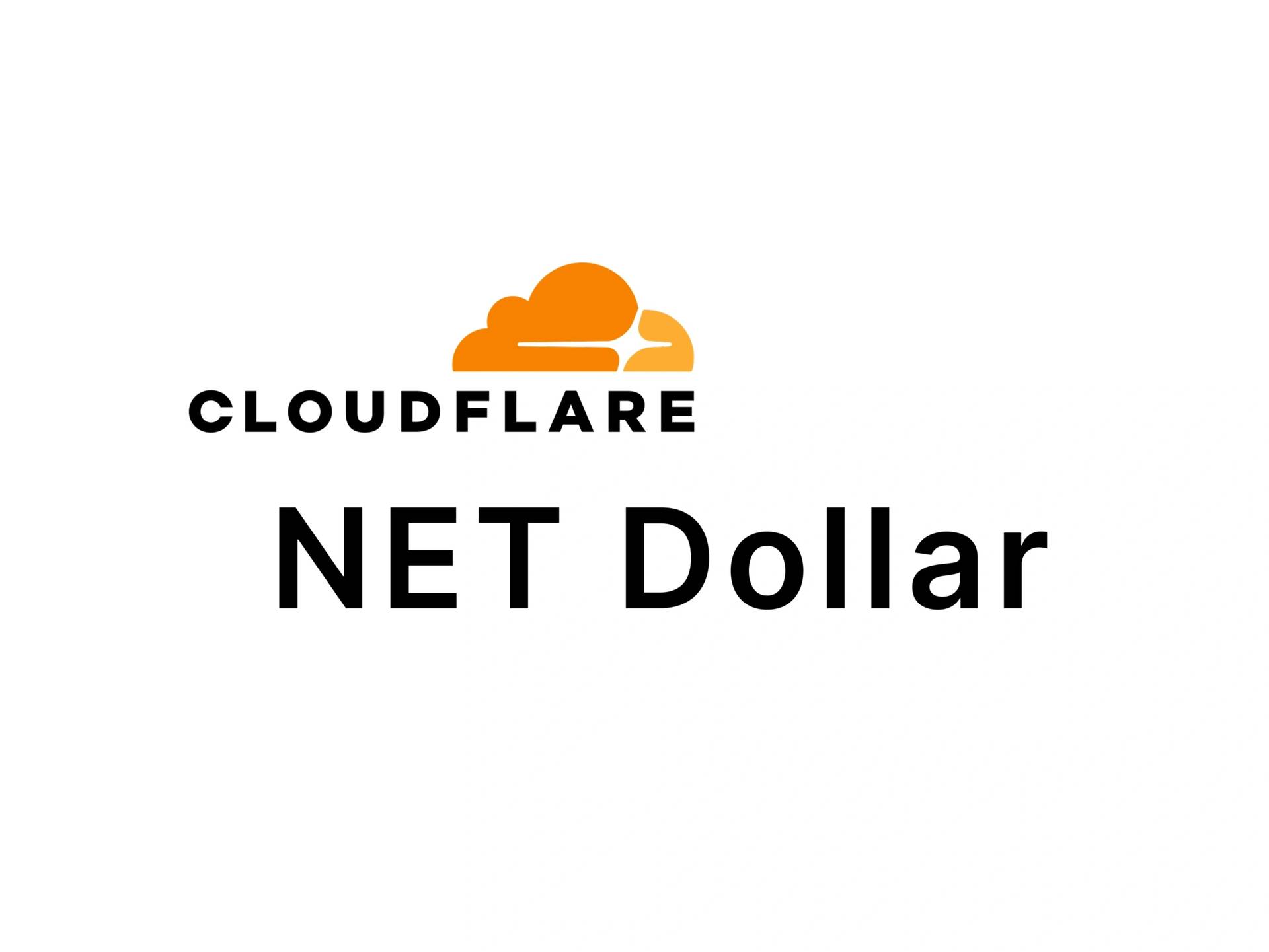订阅 wiki
Share wiki
Bookmark
NET Dollar
NET Dollar
NET Dollar是由互联网基础设施和安全公司Cloudflare宣布推出的一种以美元为支持的稳定币。这种数字代币旨在作为新兴“代理网络”的支付和结算层,在这种网络生态系统中,自主人工智能代理代表用户和系统进行交易。[6] [2]
概述
NET Dollar的推出是作为一种由人工智能驱动的新互联网经济的基础组成部分。该项目的主要目标是为人工智能代理提供一种稳定的金融工具,从而实现即时、安全和全球性的微交易。这种基础设施旨在支持互联网主导商业模式的转变,从基于广告的系统转向以直接价值交换为中心的系统,从而奖励原创性、维持创造力并促进创新。Cloudflare高管阐述的愿景是创建以现代网络速度运行的“金融轨道”,从而促进按次付费模式、零星付款和微支付。[3] [4] [7]
NET Dollar背后的概念是创建一个系统,通过允许内容创作者、API开发者和其他服务提供商因其提供的价值而获得直接且小额的补偿来奖励原创性和创造力。Cloudflare首席执行官Matthew Prince在关于该项目目标的声明中表示:“互联网的下一个商业模式将由按次付费、零星付款和微交易驱动——这些工具将激励机制转向真正增加价值的原创创意内容。”[2] [7]
在美国通过GENIUS法案,为稳定币的发行和交易提供了更清晰的法律框架之后,NET Dollar的宣布发生在一个有利的监管环境中。该项目还进入了一个快速增长的稳定币市场,一些行业报告预测,在机构采用和跨境支付的推动下,到2030年稳定币交易量可能达到1万亿美元。Cloudflare的举措被视为主要技术和金融科技公司探索基于区块链的支付解决方案以实现金融基础设施现代化的更广泛趋势的一部分。[4] [2]
历史
Cloudflare于2025年9月25日正式宣布了推出NET Dollar 稳定币的计划。该公告由公司联合创始人兼首席执行官Matthew Prince发布,他概述了该项目专注于为人工智能驱动的互联网的未来提供动力。虽然该公告标志着NET Dollar品牌和计划的正式亮相,但它被定位为Cloudflare在“代理生态系统”中现有工作的演变。该公司此前曾使用其他已建立的稳定币(如USDC)支持机器对机器(M2M)支付,表明其对促进自主交易的持续兴趣。推出专有的、专门构建的稳定币代表了构建和控制这种新兴经济模式基础设施的更直接和基础性的步骤。公告发布时未提供公开发布的确切日期,但该项目网页上的常见问题解答中指出,它将“很快推出”。[5] [3] [7]
技术
NET Dollar的技术设计以提供用于自动交易的高速、安全和可互操作的支付系统为中心。
核心架构
NET Dollar是一种完全由美元支持并与美元挂钩的数字代币,将其归类为稳定币。其基础设施旨在利用 Cloudflare广泛的现有全球网络,该公司表示这将有助于“使资金以互联网的速度流动所需的金融轨道现代化”。通过利用自己的网络,Cloudflare旨在确保低延迟和高吞吐量的交易,适用于人工智能驱动的经济中预期的大量微交易。在发布时,关键技术细节,包括NET Dollar将发行的特定区块链、铸造和赎回机制以及储备管理和托管的具体细节,均未公开披露。[2] [4] [7]
主要特点
该稳定币的设计具有多个核心功能,以满足代理网络的需求:
- **即时支付:**专为实时结算而设计,以支持需要立即确认的程序化和自主交易。个人代理可以立即采取行动,例如支付最便宜的航班费用或在商品开始销售时立即订购。
- **全球可访问性:**旨在简化跨不同地区、货币和时区的支付,利用Cloudflare的全球影响力创建一个值得信赖且透明记录的系统。
- **微交易支持:**旨在有效地实现小额、零星付款,这对于内容、API和其他数字服务的按次付费模式至关重要。
- **安全性:**旨在为人工智能驱动的经济提供安全的交易层,从而保护用户和自主代理。[6] [7]
开放标准
为了促进互操作性和广泛采用,Cloudflare宣布它正在为数字支付的开放标准的发展做出贡献。这些努力旨在为人工智能代理创建一个通用语言,以便在不同的平台和应用程序上无缝地进行金融交易。与该项目相关的两个主要标准是:
- **代理支付协议:**一种专门用于标准化人工智能代理如何发现支付信息并执行交易的协议。
- x402**:**一种与简化互联网支付流程相关的标准,Cloudflare正在通过专门的基金会帮助开发该标准。[6] [2] [7]
用例
NET Dollar是专门为新一代商业模式和自动化交易提供动力而构建的,主要侧重于人工智能代理经济。
- **人工智能代理经济(“代理网络”):**这是NET Dollar的主要目标。在这个生态系统中,自主软件代理代表个人和企业执行任务和进行交易。
- **个人代理:**个人的AI代理可以使用NET Dollar自动预订航班、订购杂货、管理日历或在商品开始销售时立即购买,而无需人工干预。
- **商业代理:**企业可以对AI代理进行编程,以便在确认交货后立即以NET Dollar自动向供应商付款。
- **内容和服务货币化:**该稳定币旨在促进从订阅或基于广告的收入模式向直接的、基于使用情况的付款的转变。
- **创作者:**每次访问或使用其独特和原创内容时,作家、艺术家和其他内容创作者都可以直接获得NET Dollar微交易的补偿。
- **开发者:**软件开发者可以按每次调用或每次使用的方式将API和应用程序货币化,从而实现更灵活和精细的定价模式。
- **人工智能生态系统支付:**随着人工智能模型越来越依赖于大量数据集和第三方内容进行训练和生成,NET Dollar被设想为这些人工智能公司向生态系统偿还的一种机制。这将涉及公平地补偿他们使用的内容的原始来源,从而创建一个更可持续和公平的数据经济。[6] [4] [7]
合作伙伴关系和生态系统
Cloudflare的NET Dollar战略涉及通过战略合作伙伴关系和与新兴行业标准的协调来构建广泛的生态系统。
x402基金会和Coinbase合作伙伴关系
在NET Dollar发布前不久,Cloudflare与加密货币交易所Coinbase合作成立了x402基金会。该基金会的既定使命是开发“数字支付的开放互联网标准”。这种合作表明,正在努力构建一个可以在整个行业范围内采用的在线交易标准化框架,NET Dollar被定位为这种新标准的本地货币。与Coinbase等主要数字资产公司的合作关系为稳定币生态系统提供了托管、流动性和监管合规方面的专业知识。[4] [7]
更广泛的行业协调
NET Dollar计划位于创建人工智能驱动的互联网支付解决方案的更广泛的行业运动中。就在x402基金会成立前一周,谷歌宣布了自己的AI代理支付协议,该计划得到了包括Coinbase、以太坊基金会和PayPal在内的联盟的支持。Cloudflare对这一标准和其他开放标准的贡献表明,它打算确保NET Dollar与其他新兴平台互操作,而不是存在于封闭的生态系统中。这种协作方法反映了主要技术公司(例如Stripe开发Tempo区块链)投资于基于区块链的基础设施,从而为在线和跨境交易创建更快、更便宜的传统支付轨道替代方案的更广泛趋势。[4] [2]
发现错误了吗?
